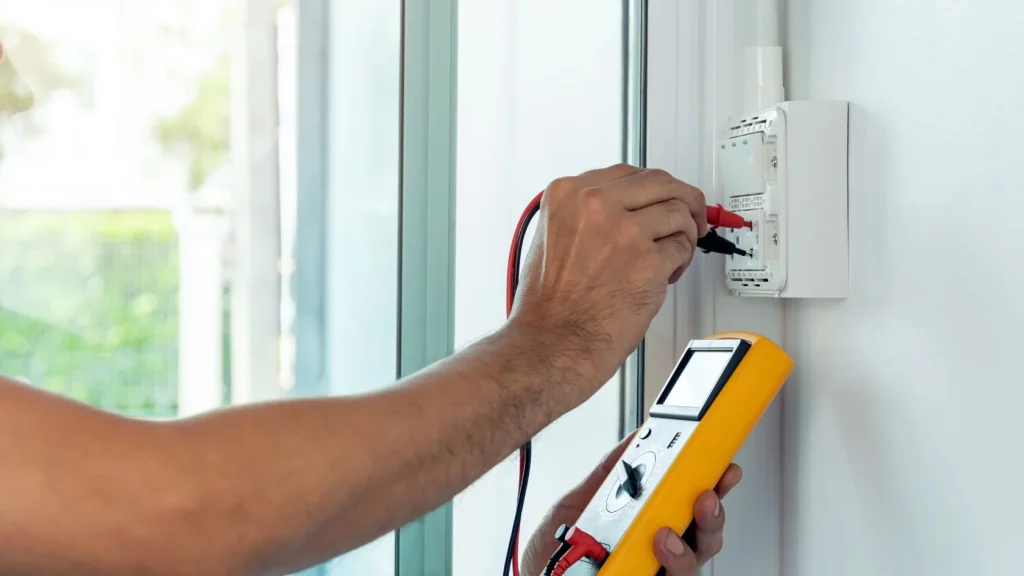
“Anything that is going to hum, heat or cool must be plugged directly into the wall.” That’s hardware expert Justin Cornforth’s rule of thumb and one which could just save your house from becoming an inferno. Extension cords are the heroes of re-purposed living rooms and home offices disguised, but they are not the solution to every power problem especially when it’s a hot spell and everyone’s plugging in fans, ACs, etc.”
With rising mercury, with it comes the temptation to increase the reach of an outlet with an extension cord. However, in the wrong manner, convenience turns into disaster at a rapid pace. Let’s address the most popular mistakes individuals make, what really lies behind them, and the smart, safety-first measures that every homeowner must know.
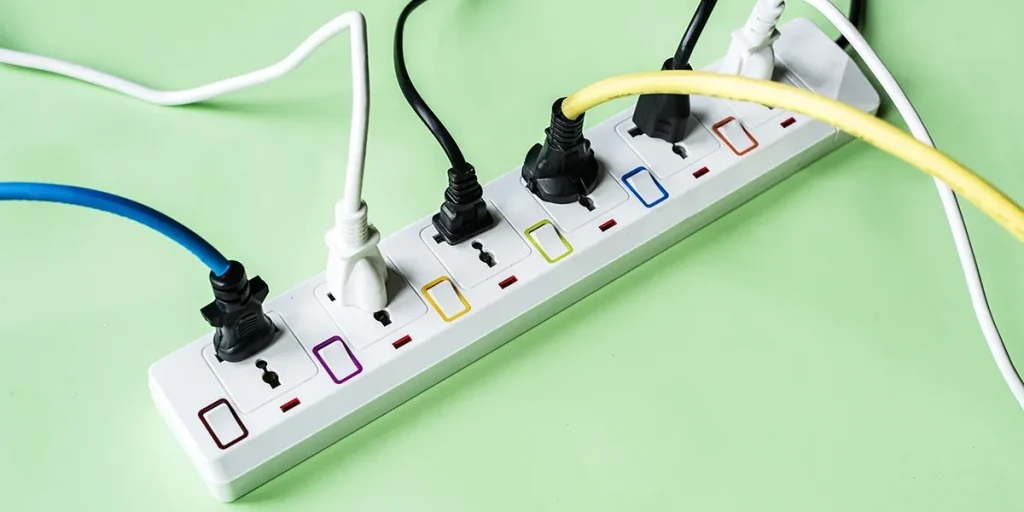
1. Air Conditioners and Extension Cords: A Recipe for Disaster
Air conditioners are the MVPs of surviving the summer, but they’re also notorious for sucking huge juice typically more than 1,800 watts for a window unit suitable for the average bedroom. As Electrified NYC’s Paul Martinez describes, “No extension cords whatsoever” should be used by ACs, as their steady high draw can burn up cords and lead to fires. A heavy-duty cord isn’t even a safe trick, especially if your AC is constantly operating.
The National Electrical Code (NEC) agrees, but requires separate circuits for AC units to prevent overloading and a consistent flow of cool air. Plugging an AC into an extension cord is not only risky it also causes the compressor to work harder, increasing your utility bill and your house never really cooling properly. The fix? Always plug directly into a wall outlet and, if needed, have an electrician inspect your installation to verify it’s up to code.
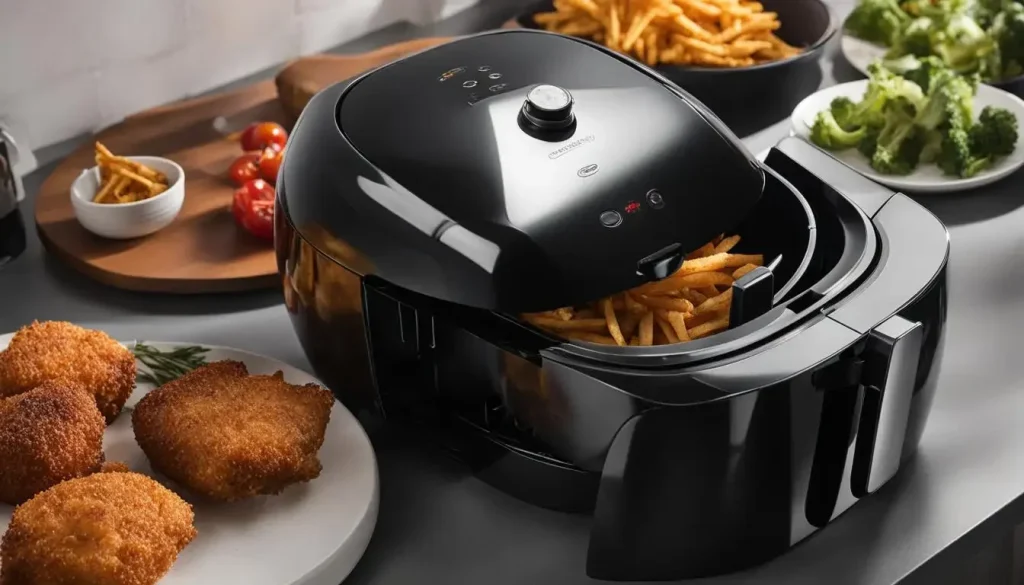
2. The Hidden Dangers of Toasters, Air Fryers, and Microwaves
Not big enough to be safe is the rule for appliances in the kitchen. Toasters and toaster ovens, for example, may not look dangerous, but they are capable of pulling 1,400 watts maximum enough to melt the average extension cord. Air fryers are worse, with larger models pulling up to 2,000 watts. Martinez warns that a 14-gauge extension cord (common to most households) “won’t support the amperage and can burn the extension cord up. And that’s what causes the fires in New York City.”
Microwaves are another heavy hitter. Simple ones use 800–1,000 watts, and in-wall models require an alternate circuit. The bottom line? If it cooks, heats, or browns something, plug it directly into a wall socket never an extension cord or power bar.
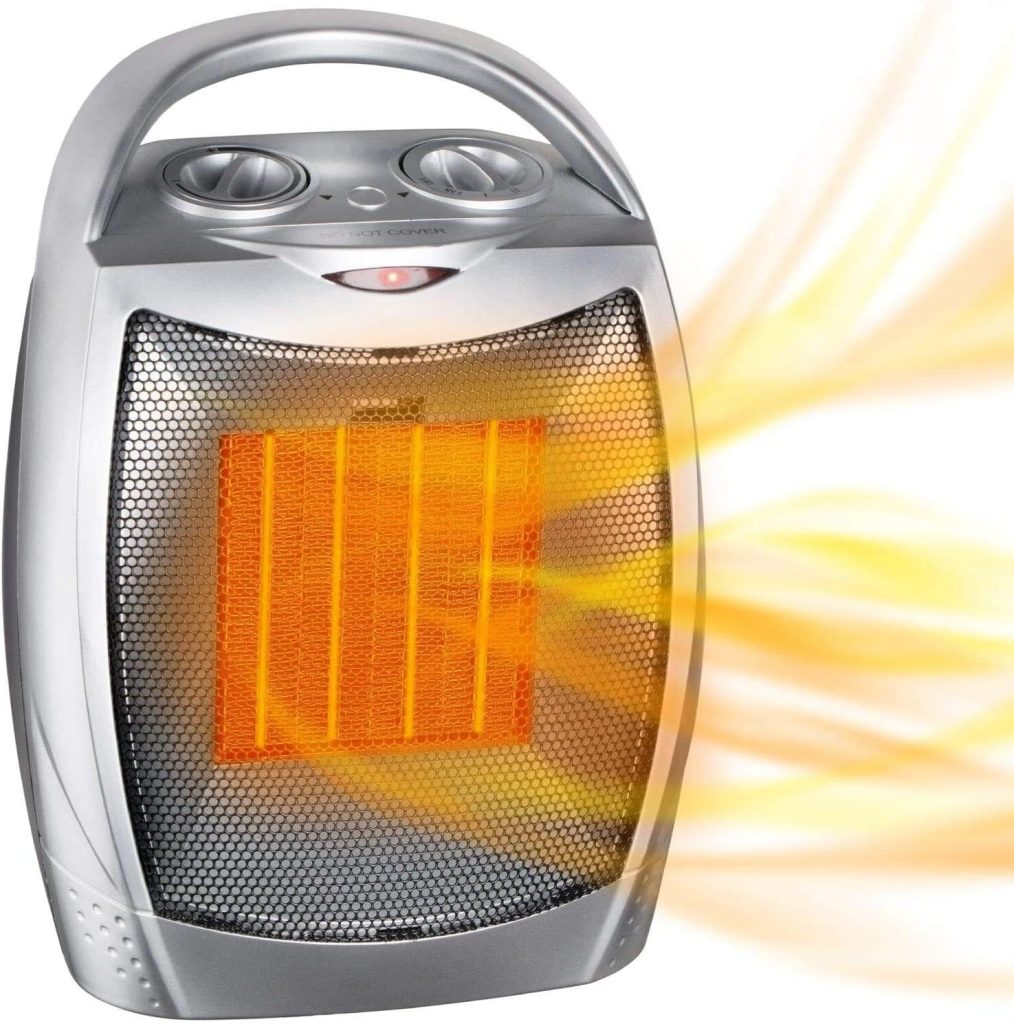
3. Space Heaters: The Firestarter You Didn’t Know You Had
Space heaters are a must-have for chilly evenings, but they’re also one of the most dangerous appliances in your home. Portable space heaters cause nearly 1,700 fires each year, according to the Consumer Product Safety Commission, and nearly all of them are misuse-of-cord-related. Martinez cautions, “The plug melts and it causes a fire. That’s why you can’t use extension cords and/or power strips with any appliances, because they are to be used with electronics only.”
Not even an extension cord heavy-duty will suffice. Space heaters take about 1,500 watts of draw, which will overload a cord instantly and is likely to burn the cord out. Always connect space heaters directly into a wall outlet and keep nothing flammable in their proximity.
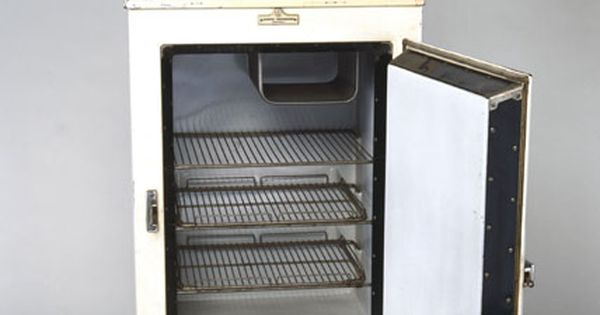
4. Refrigerators: The Silent Power Hogs
Refrigerators may not have a heating component, but they are on 24/7 and consume 300–800 watts enough to tax even a heavy-duty extension cord long-term. The issue isn’t simply fire: a refrigerator on an extension cord can have power fluctuations, resulting in spoiled food or a dead compressor.
The NEC promotes major appliances like refrigerators being on their own separate circuits to avoid overloading and the free running of your kitchen. If your refrigerator cord cannot be stretched, have a new outlet installed by an electrician instead of taking a leap of faith detour.
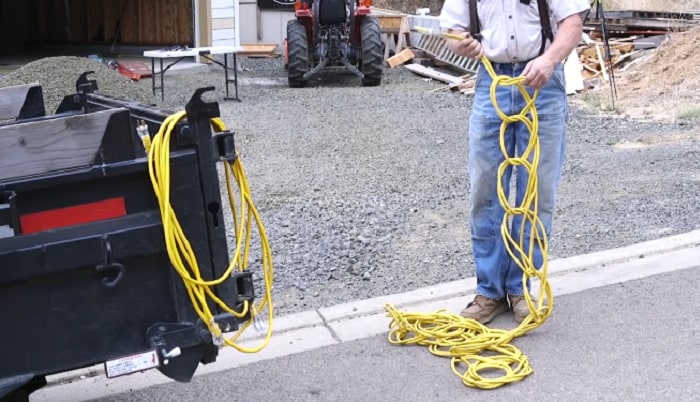
5. Daisy-Chaining Extension Cords: The Ultimate No-No
Plugging one extension cord into another daisy-chaining is a seemingly brilliant idea, but it is actually a hazard. Daisy-chaining overheats the circuit and will burn up the insulation and leave live wires exposed to being ignited by a fire. Americord experts also say daisy-chaining results in voltage drops and reduced efficiency, which is basically a lose-lose situation.
If you need additional outlets, the best thing to do is to have additional wall outlets installed professionally. Do not try to extend your reach by chaining cords together your safety is worth more than the convenience.

6. Why Dedicated Circuits Matter for Major Appliances
It’s not what you insert that counts, but where you insert it. The National Electrical Code (NEC) demands dedicated circuits for air conditioners, refrigerators, microwaves, and even certain power tools. That means every appliance has a circuit to itself, reducing the risk of overload and making your home safer.
Dedicated circuits are especially crucial for heat-producing devices and anything that runs for long periods. If you’re unsure whether your appliance needs one, check the wattage on its label or consult an electrician. Staying compliant with NEC guidelines isn’t just smart it’s essential for preventing electrical hazards.
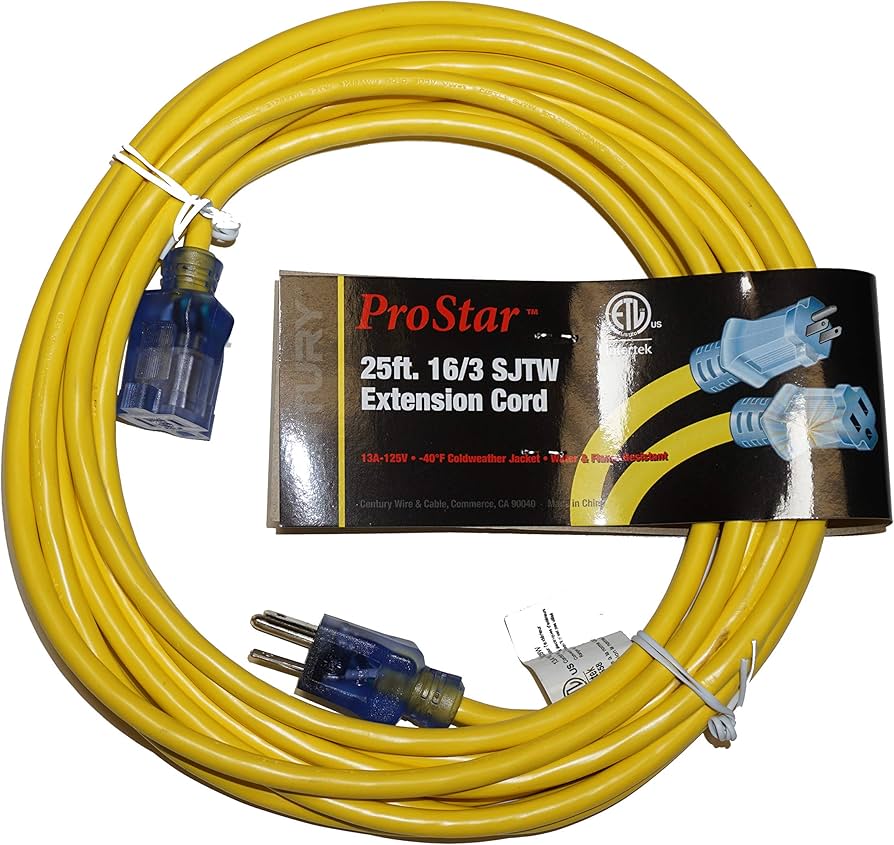
7. Understanding Extension Cord Gauges: Size Matters
Not all extension cords are created equal. The gauge the diameter of the wire determines how much current it can safely carry. A 14-gauge cord, for example, has as much as 15 amps (1,800 watts), and a 12-gauge cord has as much as 20 amps. Even the largest cord, though, is no substitute for a dedicated outlet for high-wattage appliances.
Longer cords generate more resistance and the risk of overheating, so make sure to use the shortest cord possible for the job. And don’t forget: if a cord is hot or warm to the touch, unplug it immediately and rethink your setup.
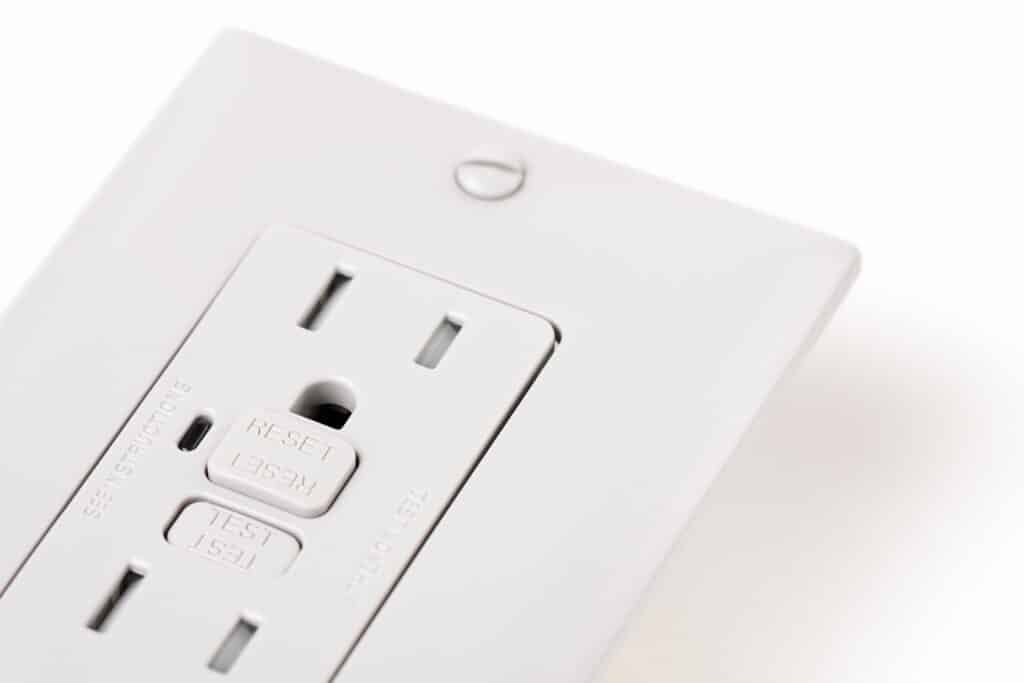
8. The Importance of GFCI Outlets in Wet Areas
Water and electricity don’t get along. For use in kitchen, bathroom, or outdoor equipment like sump pumps or treadmills GFCI (ground-fault circuit interrupter) outlets are crucial. These outlets cut the power if they detect a fault, preventing you from getting shocked and/or burned.
But rely not on GFCI extension cords for heavy loads. Instead, have an electrician install GFCI outlets as needed. This is especially for appliances in wet areas, where electrical accidents are more likely to occur.
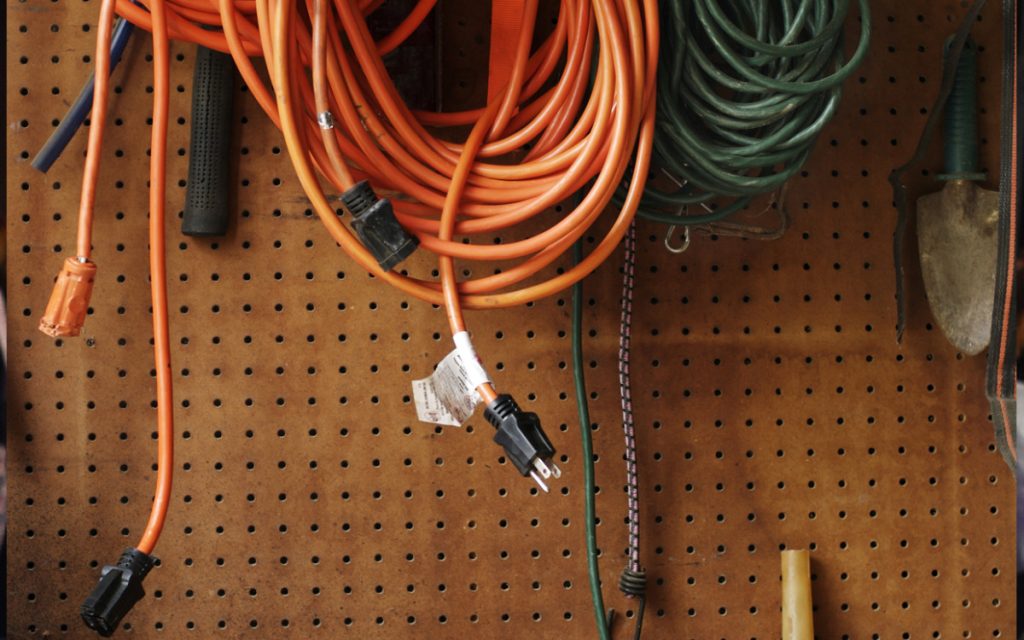
9. Extension Cords Are Only Temporary
It’s tempting to leave extension cords plugged in for days or weeks, especially when you’re short on outlets. But as Justin Cornforth emphasizes, “You really only want to rely on extension cords as a temporary solution.” Daily or long-term use increases the risk of overheating, melting, and fire.
For anything plugged in all the time like a fridge, AC, or space heater invest in a permanent, code-approved outlet. It’s a small expense that can mean a huge difference to your home’s safety.
Electrical safety isn’t just about staying out of the way it’s about keeping your home, your loved ones, and your sanity secure. As heat waves push appliances to their limits, following these pro-approved guidelines keeps you cool, cozy, and most importantly, safe. In case of doubt, remember: wall outlets for heavy duties, extension cords for light duties, and never cut corners when it comes to the wiring of your home.


